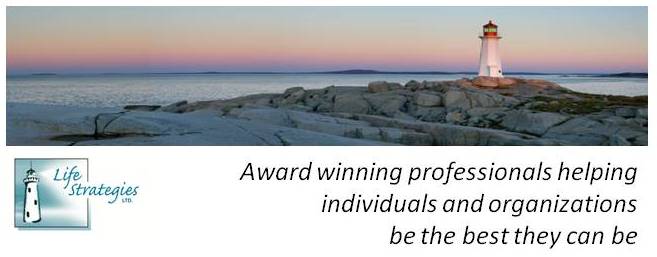 It’s always interesting to me how work clusters within Life Strategies – we seem to go through seasons of topical presentations, typically driven by external requests not intentional marketing. The theme of our current season is “diversity within the workplace.” Earlier this year we conducted research for S.U.C.C.E.S.S. and its government funders on challenges associated with foreign credential recognition for immigrant professionals. One of the key challenges was securing Canadian experience – perhaps a sign that workplaces may not be walking their talk in terms of embracing diversity? In March, I presented at the Career Development Conference in BC on a related theme – I called it “Where in the World? Helping Employers Understand the World Immigrants Come From.” I’ve facilitated workshops for employers associated with the MAPLES program at ISS and, within the next couple of weeks have five more workshops on similar themes.
It’s always interesting to me how work clusters within Life Strategies – we seem to go through seasons of topical presentations, typically driven by external requests not intentional marketing. The theme of our current season is “diversity within the workplace.” Earlier this year we conducted research for S.U.C.C.E.S.S. and its government funders on challenges associated with foreign credential recognition for immigrant professionals. One of the key challenges was securing Canadian experience – perhaps a sign that workplaces may not be walking their talk in terms of embracing diversity? In March, I presented at the Career Development Conference in BC on a related theme – I called it “Where in the World? Helping Employers Understand the World Immigrants Come From.” I’ve facilitated workshops for employers associated with the MAPLES program at ISS and, within the next couple of weeks have five more workshops on similar themes.In an unrelated research project, career development practitioners acknowledged the importance of working with diversity but, when self-rating their competencies, recognized a significant disconnect – many didn’t believe they had the skills, knowledge, or experience to competently support their diverse clients. Many employers feel the same – they understand the importance of embracing diversity but, at a very practical level, simply don’t know how to attract, hire, retain, and fully engage workers who are in some identifiable way different from their incumbent employees.
The Supporting Employers Embracing Diversity (SEED) toolkit that we developed a few years ago in another project for S.U.C.C.E.S.S. has recently been revised. Within the toolkit, two starting places for learning how to effectively welcome and engage diverse workers are the Diversity Champion’s Backgrounder and Guide and the Cultural Diversity Yearbook.
One of Stephen Covey’s famous principles is to “Begin with the end in mind.” If you’re interested in building a more diverse workplace, start by asking yourself, “Why?” What are you trying to achieve through diversity? What challenges might you face in pursuing your goal? What supports will you need to ensure diverse workers are able to fully contribute within your organization ?






